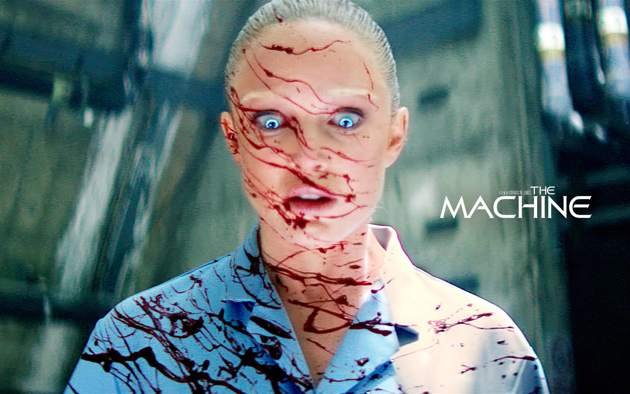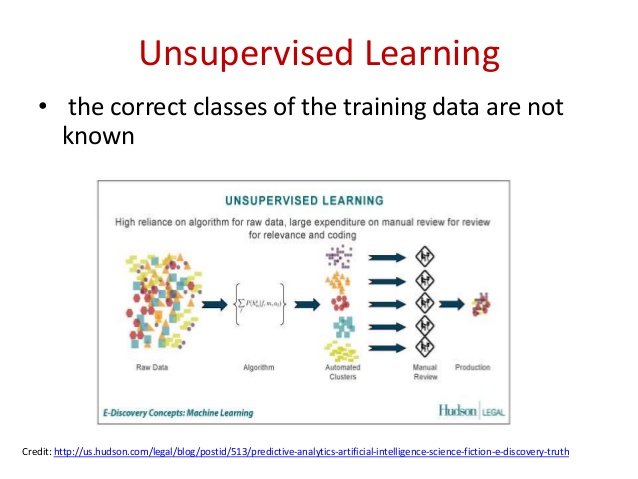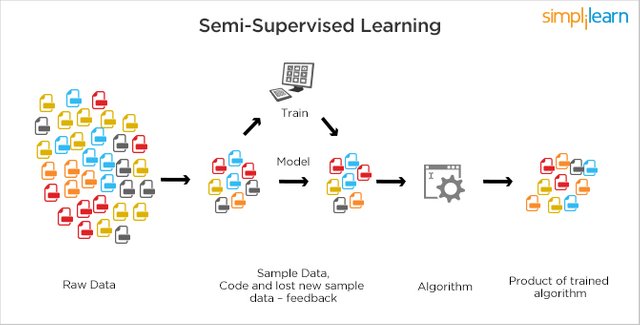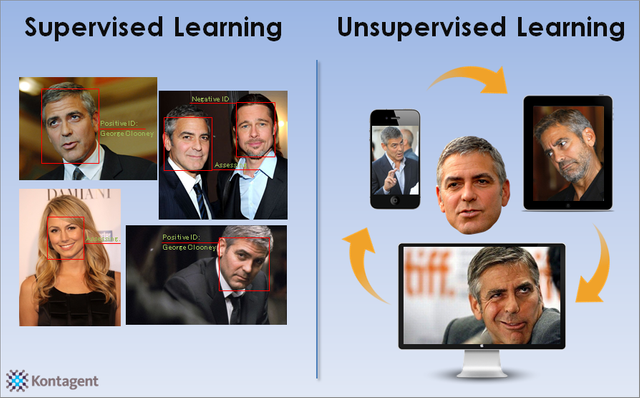Machine Learning => you will lose your job and the machines will use your body as a battery ?!

With the Internet of Things and the development of new technologies, a large amount of valuable data is created every second. Every second, approximately 30 terabytes of data are collected worldwide. Analysing and understanding this data, which is stored in so-called data warehouses, can become a decisive advantage over the competition in the market. A problem with the large amounts of data is that they cannot be analysed manually by human operators. However, computer science also offers a suitable solution to this problem - machine learning.

Machine Learning is a generic term for the "artificial" generation of knowledge from experience. This is done by analysing data and identifying patterns using algorithms. Machine Learning is divided into the subject area Artificial Intelligence (AI). However, in terms of machine learning, the term intelligence does not apply in its entirety, since it is not so much about intelligence as it is about recognising patterns and accuracy. Therefore, Machine Learning is more closely related to data mining and mathematical statistics than to AI.

This definition can be explained by the board game checkers:
- E = the experience of many rounds of checkers
- T = the task of being able to play checkers and
- P = the probability that the program will win the next game.

Machine Learning is used when regularly programmed software reaches its limits. Tasks performed by humans can also be done by computers with the help of Machine Learning. For example, driving a car, recognising speech or understanding images. In addition, Machine Learning can be used to carry out tasks that go beyond human capacities. For example, the analysis of large and complex data sets or the monitoring of credit card activities and thus the early detection of anomalies in these activities. This makes it easier to detect credit card fraud. Machine Learning Tools can also adapt to the user's needs through constant input. Normally programmed software, on the other hand, is rigid and not adaptable at this level. This adaptability is used to decipher handwritten text or to detect spam mail.

Types of Machine Learning
As already mentioned, the practical implementation of machine learning is done by means of algorithms. The different algorithms can be divided into a schema. The scheme consists of reinforcement learning, unsupervised learning, semi-supervised learning and supervised learning.
Reinforcement Learning
In reinforcement learning, the algorithm learns a tactic by rewarding and punishing, how to act in potentially occurring situations to maximise the benefit of the agent (= the system to which the learning component belongs).
Google's DeepMind was partially trained by reinforcement learning. DeepMind is an AI that does not have a predefined target or task, as it is common for most AIs, but can be used flexibly. Thus, DeepMind, for example, can not only play 80s and 90s arcade games at world record levels, but also defeat the world's best go player.

Unsupervised Learning
In unsupervised learning, the algorithm creates a model for a given set of inputs that describes the inputs and allows predictions. There are so-called clustering procedures, which divide the data into several categories that differ from each other by characteristic patterns. The algorithm automatically creates classifiers according to which it divides the inputs.
Unsupervised learning is used, for example, in facial recognition software. Apple's iOS operating system uses this technology. There, all the user's images are searched and images with the same faces are collected in a folder.

Semi-supervised Learning
Semi-supervised learning is another type of supervised learning. With semi-supervised learning, only a part of the input data is known to be suitable output.
Google's TensorFlow was trained by semi-supervised learning. The software was presented with a large number of different images. Some of these images have already been shifted by people with exact headlines. TensorFlow learned to give exact information about unknown pictures, what was shown on this picture.

Supervised Learning
In supervised learning, the algorithm learns a function from given pairs of inputs and outputs. During the learning process, a "teacher" provides the correct function value for an input. The goal of the supervised learning is to train the algorithm the ability to create associations after several arithmetic operations with different inputs and outputs.
An example of supervised learning is the race simulator "Forza Motorsport 5". This software uses Machine Learning to create a driving profile of the player and load it onto an artificial intelligence, which then adapts to the player's driving style.


So thats it, I hope you enjoyed this little introduction.
Note: This article was created with a help of artificial intelligence.
well done tai-euler, once again!
I'm a little nervous about AI after seeing the terminator movies, and the matrix
proves my point
@tai-euler got you a $1.63 @minnowbooster upgoat, nice! (Image: pixabay.com)
Want a boost? Click here to read more!
You Are An Excellent Steemian. This post has received a 5.26 % upvote from @steemthat Return the favor and SteemThat Person Back: @binkley. .
.
Please Upvote This Comment To Help Me Grow! And The Price Of Steem Will Appear! @steemprice steem